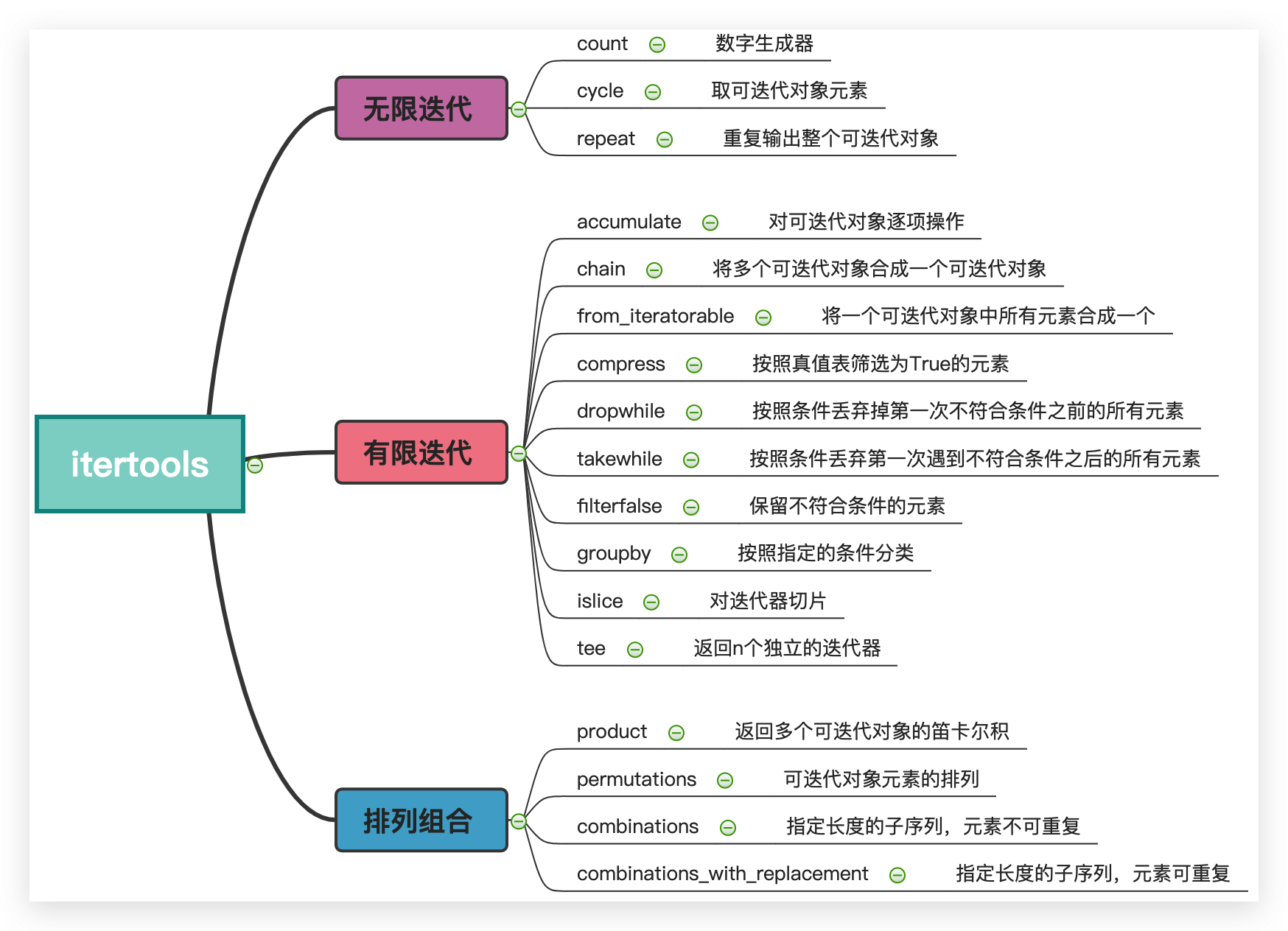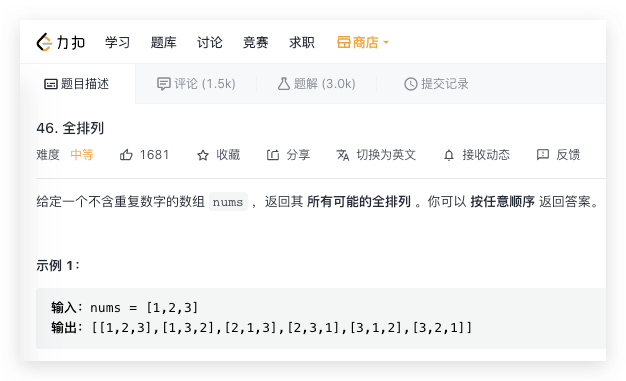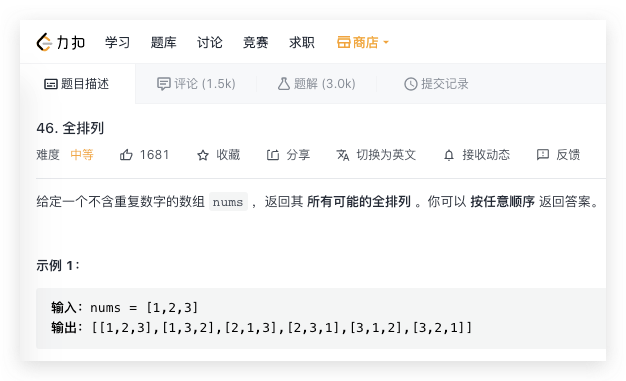python自带性能强悍的标准库 itertools

可迭代对象就像密闭容器里的水,有货倒不出
itertools是python内置的标准模块,提供了很多简洁又高效的专用功能,使用得当能够极大的简化代码行数,同时所有方法都是实现了生成器函数,这就意味着极大的节省内存。
itertools提供的功能主要分为三大块,以最新版本的3.10为例:
- 对可迭代对象无限迭代,无限输出
- 对可迭代对象有限迭代
- 对可迭代对象排列组合
方法如下:

导入包
>>> from iteratortools import *
无限迭代
iteratortools.count(start=0, step=1)
数值生成器,可以指定起始位置和步长,并且步长可以为浮点数。无限输出,一直累加,在例子中需要边睡眠1s边输出。
>>> import time
>>> iterator = count(4, 0.5)
>>> for i in iterator:
... print(i)
... time.sleep(1)
...
4
4.5
5.0
5.5
6.0
6.5
7.0
7.5
iteratortools.cycle(iteratorable)
无限循环取出可迭代对象里的元素
>>> a = cycle("ABCD")
>>> import time
>>> for i in a:
... print(i)
... time.sleep(1)
...
A
B
C
D
A
B
C
D
iteratortools.repeat(object[, times])
不断重复输出整个object,如果指定了重复次数,则输出指定次数,否则将无限重复。
>>> iterator = repeat('hello world', 10)
>>>
>>> for i in iterator:
... print(i)
...
hello world
hello world
hello world
hello world
hello world
hello world
hello world
hello world
hello world
hello world
有了这个神器,对输出10次hello world这种问题又有一种新解法
有限迭代
iteratortools.accumulate(iteratorable[, func, *, initial=None])
返回对列表中元素逐项的操作,操作有:
- 累加,返回累加到每一项的列表
- 累乘,返回累乘到每一项的列表
- 最小值,返回到当前项的最小值
- 最大值,返回到当前项的最大值
>>> [2, 4, 8, 1, 3, 5]
[2, 4, 8, 1, 3, 5]
>>> arr = [2, 4, 8, 1, 3, 5]
>>>
>>> add = accumulate(arr)
>>>
>>> list(add)
[2, 6, 14, 15, 18, 23]
>>>
>>> max = accumulate(arr, max)
>>> list(max)
[2, 4, 8, 8, 8, 8]
>>>
>>> import operator
>>> mul = accumulate(arr, operator.mul)
>>> list(mul)
[2, 8, 64, 64, 192, 960]
>>>
>>> min = accumulate(arr, min)
>>> list(min)
[2, 2, 2, 1, 1, 1]
iteratortools.chain(*iteratorables)
将多个可迭代对象构建成一个新的可迭代对象,统一返回。类似于将多个对象链成一条串
>>> iterator = chain([1,2,3],['a','b','c'],(5,6,7))
>>> list(iterator)
[1, 2, 3, 'a', 'b', 'c', 5, 6, 7]
优点:可以将多个可迭代对象整合成一个,避免逐个取值
chain.from_iteratorable(iteratorable)
将一个迭代对象中将所有元素类似于chain一样,统一返回。
>>> chain.from_iteratorable(['abc','def'])
<iteratortools.chain object at 0x1083ae460>
>>> iterator = chain.from_iteratorable(['abc','def'])
>>> list(iterator)
['a', 'b', 'c', 'd', 'e', 'f']
iteratortools.compress(data, selectors)
按照真值表筛选元素
>>> arr = [1,2,3,4]
>>> selectors = [1,0,1,0]
>>>
>>> iterator = compress(arr, selectors)
>>>
>>> list(iterator)
[1, 3]
iteratortools.dropwhile(predicate, iteratorable)
按照条件筛选,丢弃掉第一次不符合条件时之前的所有元素
>>> arr = [1,2,3,2,1,2,1]
>>> iterator = dropwhile(lambda x: x<3, arr)
>>> list(iterator)
[3, 2, 1, 2, 1]
iteratortools.takewhile(predicate, iteratorable)
根据predicate条件筛选可迭代对象中的元素,只要元素为真就返回,第一次遇到不符合的条件就退出。
按照条件筛选,丢弃第一次遇到不符合条件之后的元素。行为类似于上一个dropwhile,区别在于丢弃的选择不同。
iteratortools.filterfalse(predicate, iteratorable)
保留不符合条件的元素,返回迭代器
>>> arr = [1,2,3,4,5]
>>> iterator = filterfalse(lambda x:x<3, arr)
>>> list(iterator)
[3, 4, 5]
iteratortools.groupby(iteratorable, key=None)
按照指定的条件分类。输出条件和符合条件的元素
>>> iterator = groupby(arr, lambda x: x>3)
>>> for condition ,numbers in iterator:
... print(condition, list(numbers))
...
False [1, 2, 3]
True [4, 5]
iteratortools.islice(iteratorable, start, stop[, step])
对迭代器进行切片,老版本中不能指定start和stop以及步长,新版本可以。
>>> iterator = count()
>>> slice_iterator = islice(iterator, 10, 20, 2)
>>> list(slice_iterator)
[10, 12, 14, 16, 18]
iteratortools.starmap(function, iteratorable)
将function作用于可迭代对象上,类似于map函数
iteratortools.tee(iteratorable, n=2)
从一个可迭代对象中返回 n 个独立的迭代器
>>> iterator = tee(arr)
>>> for i in iterator:
... print(type(i), list(i))
...
<class 'iteratortools._tee'> [1, 2, 3, 4, 5]
<class 'iteratortools._tee'> [1, 2, 3, 4, 5]
iteratortools.zip_longest(*iteratorables, fillvalue=None)
创建一个迭代器,从每个可迭代对象中收集元素。如果可迭代对象的长度未对齐,将根据 fillvalue 填充缺失值。
迭代持续到耗光最长的可迭代对象。大致相当于:
>>> iterator = zip_longest("ABCD", "xy", fillvalue="-")
>>> list(iterator)
[('A', 'x'), ('B', 'y'), ('C', '-'), ('D', '-')]
排列组合迭代
iteratortools.product(*iteratorables, repeat=1)
生成多个可迭代对象的笛卡尔积
大致相当于生成器表达式中的嵌套循环。例如, product(A, B) 和 ((x,y) for x in A for y in B) 返回结果一样。
>>> iterator = product("123", "abc")
>>> list(iterator)
[('1', 'a'), ('1', 'b'), ('1', 'c'), ('2', 'a'), ('2', 'b'), ('2', 'c'), ('3', 'a'), ('3', 'b'), ('3', 'c')]
将可选参数 repeat 设定为要重复的次数。例如,product(A, repeat=4) 和 product(A, A, A, A) 是一样的
iteratortools.permutations(iteratorable, r=None)
由 iteratorable 元素生成长度为 r 的排列。元素的排列,类似于给一个[1,2,3],选取其中两个元素,一共有多少种组合方法?不要求元素排列之后的位置。
>>> iter = permutations([1,2,3], r=3)
>>> list(iterator)
[(1, 2, 3), (1, 3, 2), (2, 1, 3), (2, 3, 1), (3, 1, 2), (3, 2, 1)]
这个方法能够完美解决算法中的全排列问题,简直是量身定做。如果早知道这么简单,当年考算法也不会。。,哎
可参见leetcode46题:https://leetcode-cn.com/problems/permutations/

iteratortools.combinations(iteratorable, r)
返回由输入 iteratorable 中元素组成长度为 r 的子序列。元素不可重复使用。子序列是要求元素在排列之后和之前的相对位置不变的。1,2,3中3在1的后面,子序列中3也一定在1的后面。
>>> iterator = combinations([1,2,3,4], r = 3)
>>> list(iterator)
[(1, 2, 3), (1, 2, 4), (1, 3, 4), (2, 3, 4)]
>>> iterator = combinations([1], r = 3)
>>> list(iterator)
[]
这个方法可以曲线解决组合总数问题
https://leetcode-cn.com/problems/combination-sum/

iteratortools.combinations_with_replacement(iteratorable, r)
返回由输入 iteratorable 中元素组成的长度为 r 的子序列,允许每个元素可重复出现
>>> iter = combinations_with_replacement([1,2,3,4], r=2)
>>> list(iter)
[(1, 1), (1, 2), (1, 3), (1, 4), (2, 2), (2, 3), (2, 4), (3, 3), (3, 4), (4, 4)]
>>> iterator = combinations_with_replacement([1], r=3)
>>> list(iterator)
[(1, 1, 1)]
python自带性能强悍的标准库 itertools的更多相关文章
- python协程(yield、asyncio标准库、gevent第三方)、异步的实现
引言 同步:不同程序单元为了完成某个任务,在执行过程中需靠某种通信方式以协调一致,称这些程序单元是同步执行的. 例如购物系统中更新商品库存,需要用"行锁"作为通信信号,让不同的更新 ...
- Python学习笔记011_模块_标准库_第三方库的安装
容器 -> 数据的封装 函数 -> 语句的封装 类 -> 方法和属性的封装 模块 -> 模块就是程序 , 保存每个.py文件 # 创建了一个hello.py的文件,它的内容如下 ...
- python进阶(26)collections标准库
前言 这个模块实现了特定目标的容器,以提供Python标准内建容器dict ,list ,set , 和tuple 的替代选择. 这个模块提供了以下几个函数 函数 作用 namedtuple() 创建 ...
- Python入门(六):标准库
操作系统接口 os模块提供了不少与操作系统相关联的函数. import os os.getcwd() # 返回当前的工作目录 os.chdir('d:/') # 修改当前的工作目录 os.system ...
- Python标准库——走马观花
作者:Vamei 出处:http://www.cnblogs.com/vamei 欢迎转载,也请保留这段声明.谢谢! Python有一套很有用的标准库(standard library).标准库会随着 ...
- Python 标准库一览(Python进阶学习)
转自:http://blog.csdn.net/jurbo/article/details/52334345 写这个的起因是,还是因为在做Python challenge的时候,有的时候想解决问题,连 ...
- 第十三篇:带缓冲的IO( 标准IO库 )
前言 在之前,学习了 read write 这样的不带缓冲IO函数. 而本文将讲解标准IO库中,带缓冲的IO函数. 为什么要有带缓冲IO函数 标准库提供的带缓冲IO函数是为了减少 read 和 wri ...
- Python模块进阶、标准库、扩展库
模块进阶 Python有一套很有用的标准库(standard library).标准库会随着Python解释器,一起安装在你的电脑中的. 它是Python的一个组成部分.这些标准库是Python为你准 ...
- C++解析(18):C++标准库与字符串类
0.目录 1.C++标准库 2.字符串类 3.数组操作符的重载 4.小结 1.C++标准库 有趣的重载--操作符 << 的原生意义是按位左移,例:1 << 2;,其意义是将整数 ...
随机推荐
- FZU ICPC 2020 寒假训练 5 —— 排序
P1177 [模板]快速排序 题目描述 利用快速排序算法将读入的 N 个数从小到大排序后输出.快速排序是信息学竞赛的必备算法之一.对于快速排序不是很了解的同学可以自行上网查询相关资料,掌握后独立完成. ...
- Java是用JDBC连接MySQL数据库
首先要下载Connector/J地址:http://www.mysql.com/downloads/connector/j/ 这是MySQL官方提供的连接方式: 解压后得到jar库文件,需要在工程中导 ...
- vite2 + vite.config.js 比较坑的环境变量,vite2模式的使用
想在vite.config.js 里面判断一下环境,看看是不是开发环境,查了一下官网(https://cn.vitejs.dev/guide/env-and-mode.html),说是 可以使用 im ...
- [atARC077F]SS
(以下字符串下标从0开始,并定义$2s=s+s$) 考虑$f(S)$,即令$l=\max_{2i<|S|且S[0,i)=S[|S|-i,|S|)]}i$,则$f(S)=S+S[l,|S|-l)$ ...
- [51nod1587]半现串
将s所有长度为d/2的子串放进ac自动机中,直接匹配就可以判定半现串了再对其做一个差分,询问一个前缀的半现串个数,在ac自动机上数位dp,f[i][j][0/1]表示走了i步(i位的字符串),走到节点 ...
- 数字逻辑实践2->Verilog编写规范
来源:数字逻辑与Verilog设计实验课讲解,个人做的笔记与整理. 00 规范的重要性 良好的编程风格有利于减少消耗的硬件资源,提高设计的工作频率 . 提高系统的可移植性和可维护性. 程序的格式化能体 ...
- FastAPI(六十二)实战开发《在线课程学习系统》需求分析
前言 基础的分享我们已经分享了六十篇,那么我们这次分享开始将用一系列的文章分享实战课程.我们分享的系统是在线学习系统.我们会分成不同的模块进行分享.我们的目的是带着大家去用fastapi去实战一次,开 ...
- LRU缓存
LRU缓存 struct Node{ int key; int value; Node* next; Node* pre; Node(): key(-1), value(-1), next(nullp ...
- Plugin [id: 'org.jetbrains.kotlin.jvm'] was not found in any of the following sources: gradle配置:kotlin("jvm")后报错
本来打算兼容java和kotlin,可配置后,项目报错.查看之前项目 再打开当前报错项目: 很明显,报错的原因是jvm的运行文件没有加载进来,多次尝试无果... 只能重新搭建初始化项目了.
- Kafka连接器建立数据管道
1.概述 最近,有同学留言咨询Kafka连接器的相关内容,今天笔者给大家分享一下Kafka连接器建立数据管道的相关内容. 2.内容 Kafka连接器是一种用于Kafka系统和其他系统之间进行功能扩展. ...
